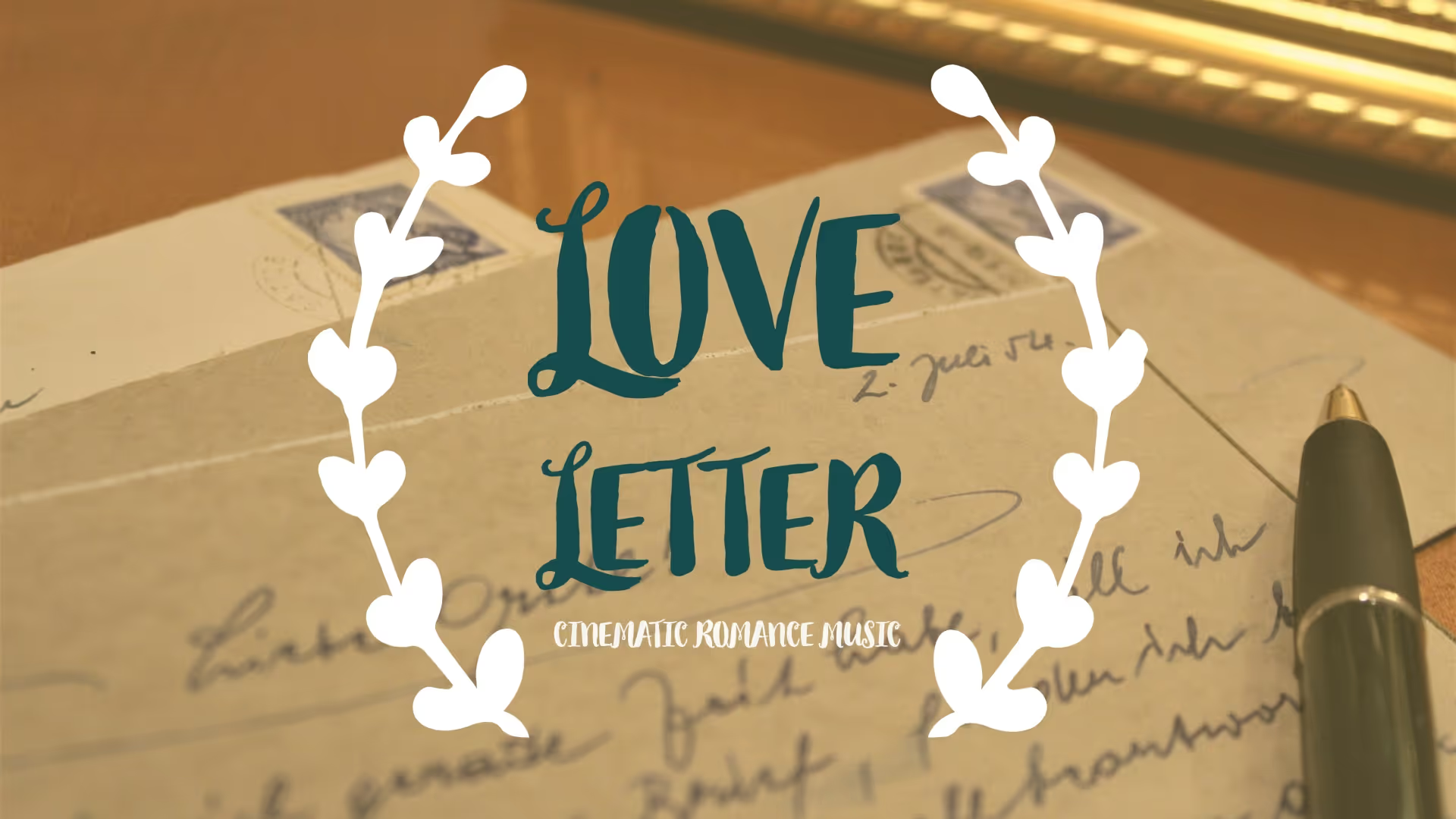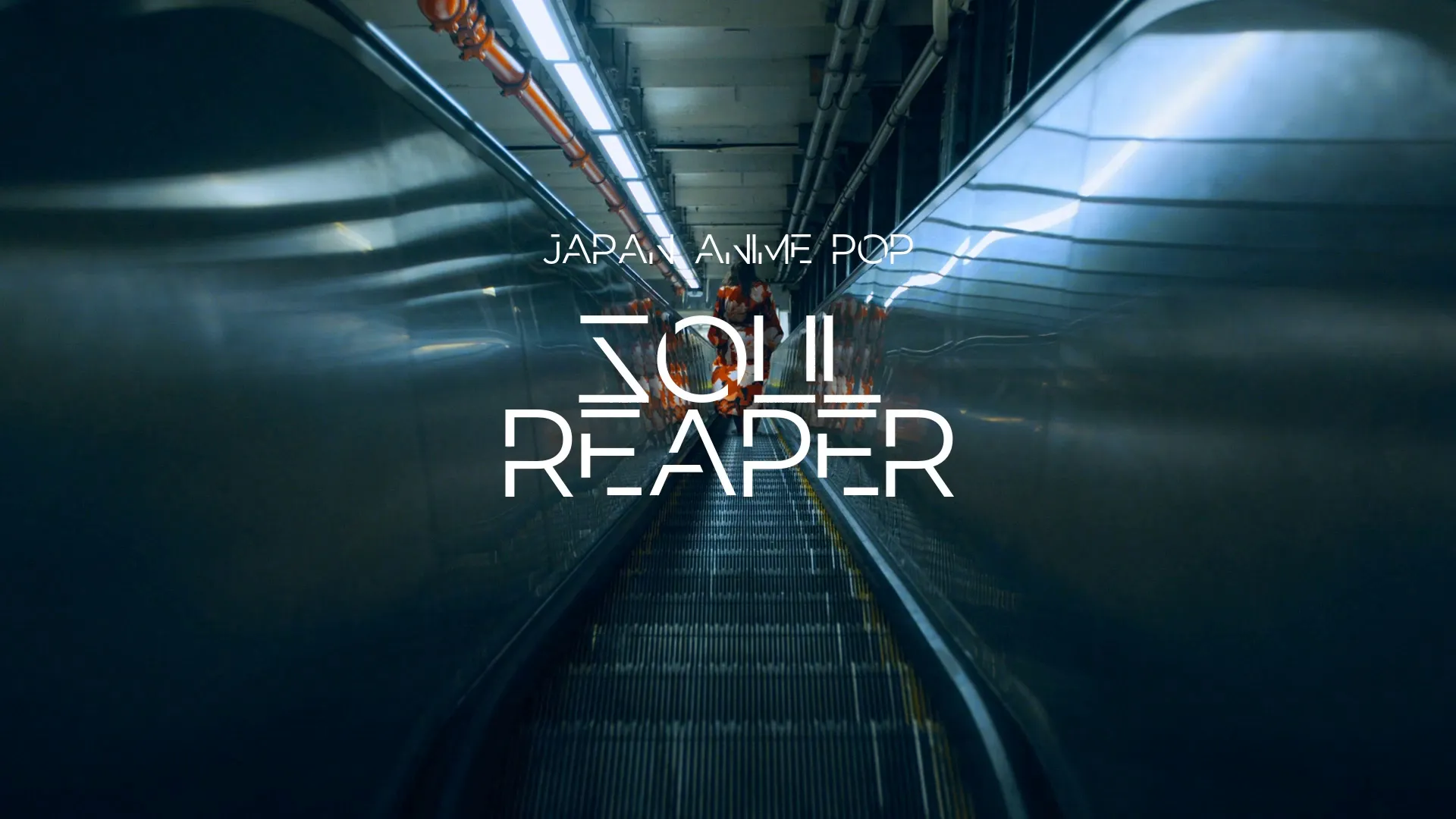Accelerate Game Prototyping: Leveraging AI and Best Practices for Indie Devs
Accelerate Game Prototyping: Leveraging AI and Best Practices for Indie Devs
Indie game development thrives on rapid iteration and validated concepts. Efficient prototyping is not a luxury; it is a necessity for bringing your game ideas to life quickly and effectively.
This guide outlines how to integrate AI tools and established best practices to significantly speed up your prototyping phase.
The Core of Effective Prototyping
Effective prototyping aims to test core mechanics and validate assumptions with minimal investment. It is about answering critical questions early, before committing extensive resources to a flawed concept.
Focus prototypes on specific risks: Is the core loop fun? Does this mechanic work? Is the art style compelling?
Avoid the trap of feature creep in your prototypes; they are not alpha versions.
Integrating AI for Rapid Ideation and Asset Generation
AI tools are transforming the initial stages of game development, offering powerful ways to accelerate ideation and asset creation.
Leverage AI for brainstorming game ideas, generating initial concepts, and even drafting basic design documents. Tools like Wayline’s Ignite can provide endless game ideas to spark your creativity.
AI can also generate placeholder assets, such as basic 3D models or concept art, allowing you to visualize ideas without waiting for a dedicated artist. Wayline’s Canvas helps create concept art with AI, giving immediate visual feedback.
Consider AI for generating initial sound effects or background music, creating an immersive atmosphere for your prototype quickly. Symphony can compose original, royalty-free game music.
Best Practices for Streamlined Prototyping
Beyond AI, established best practices are crucial for an efficient prototyping pipeline. These strategies ensure you stay focused and productive.
Define Clear Prototype Goals
Before you start, identify the single most important question your prototype needs to answer. This clarity prevents scope creep and ensures every effort serves a specific purpose.
If the goal is to test a new combat system, build only the necessary components to evaluate that system.
Use Existing Tools and Assets
Do not reinvent the wheel for every component. Utilize existing game engines, frameworks, and asset libraries to save time. This is especially true when considering which engine to use, as discussed in 'Unity vs. Unreal vs. Godot: Choosing Your Engine in 2025’.
Create a free account, or log in.
Gain access to free articles, game development tools, and game assets.























